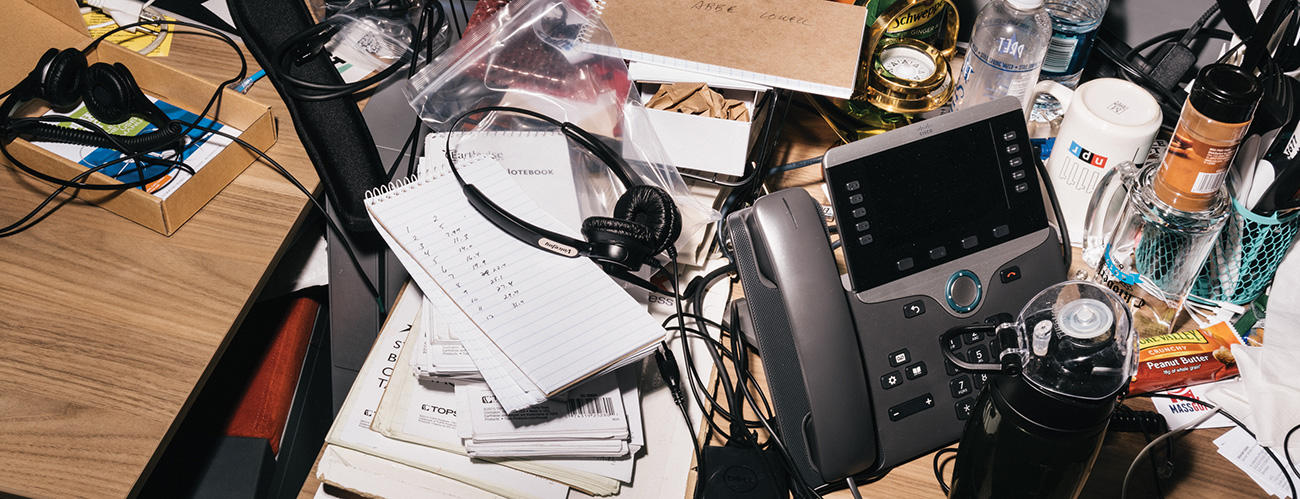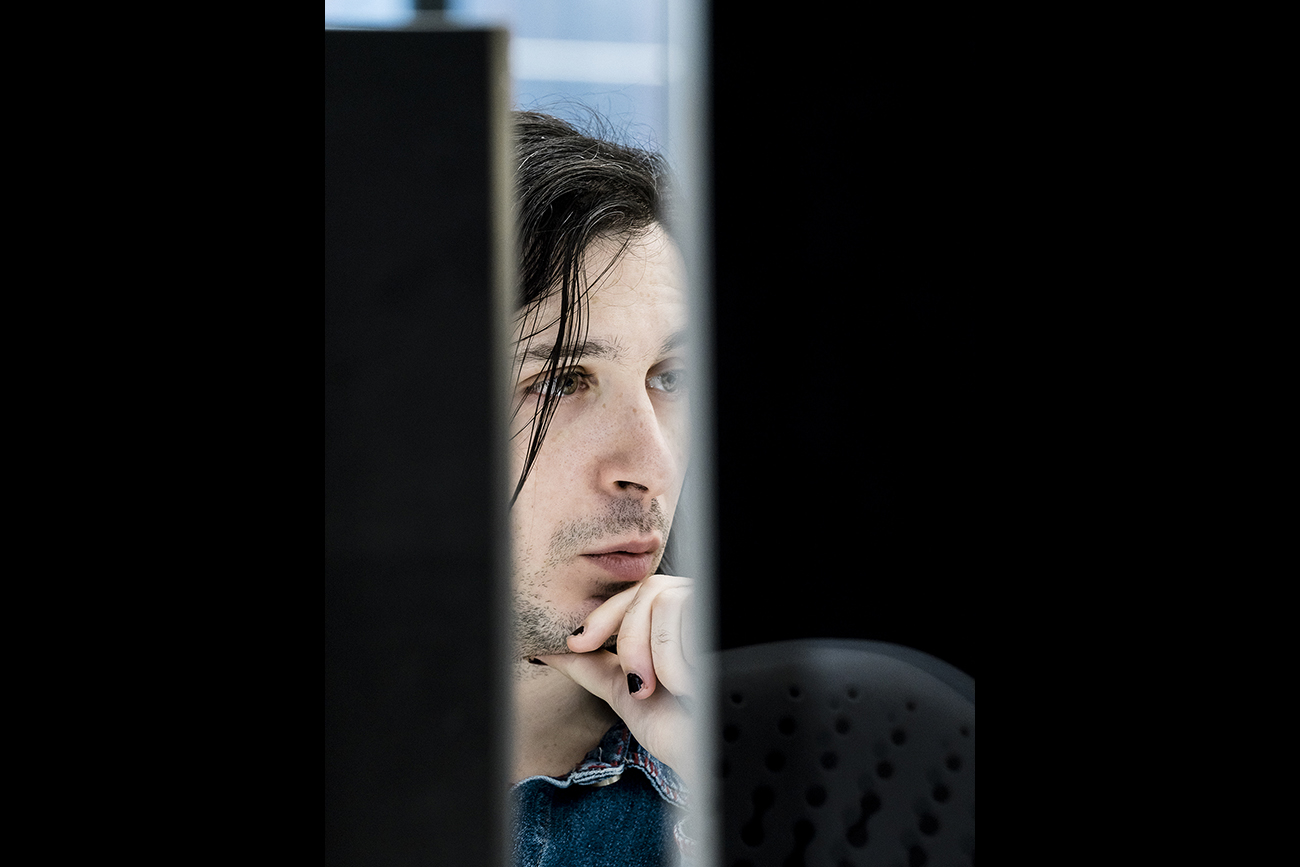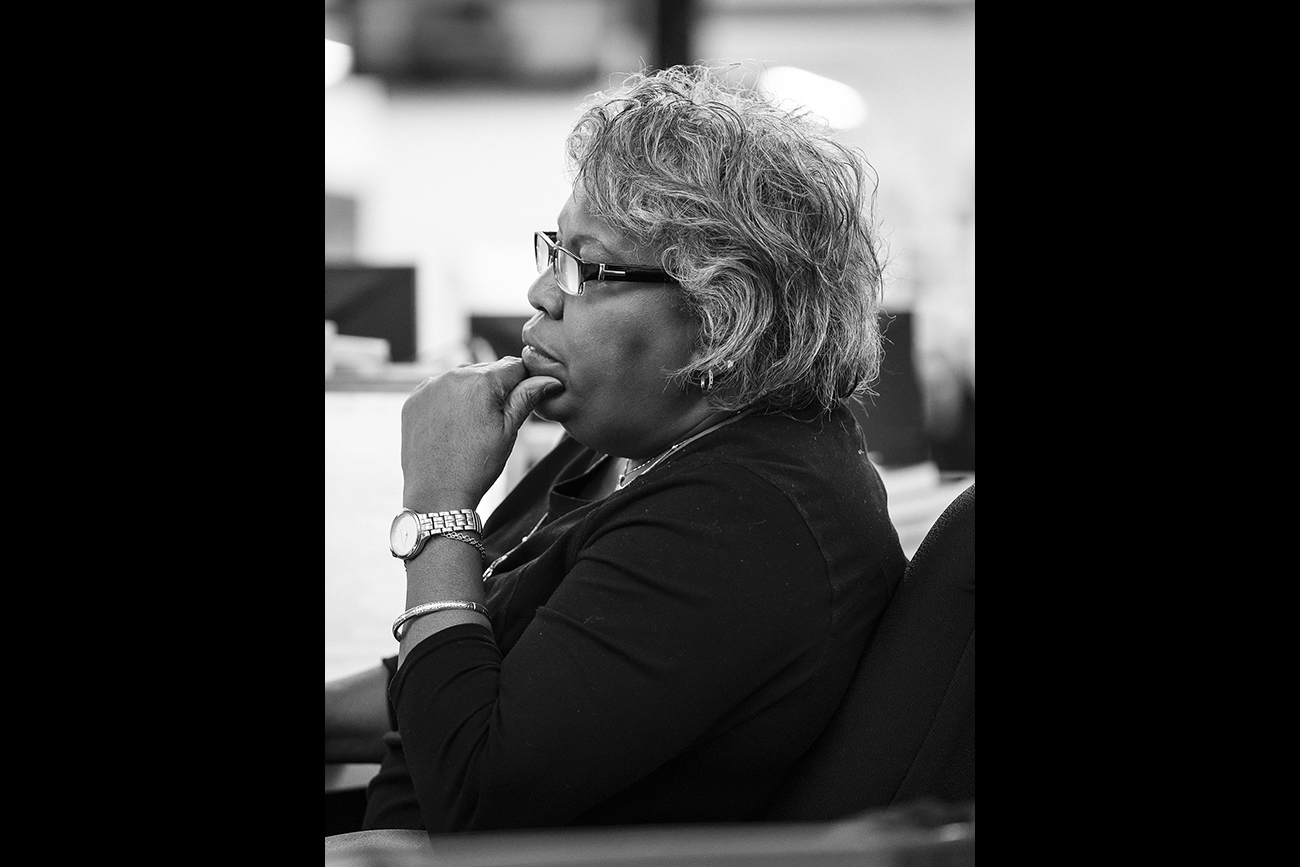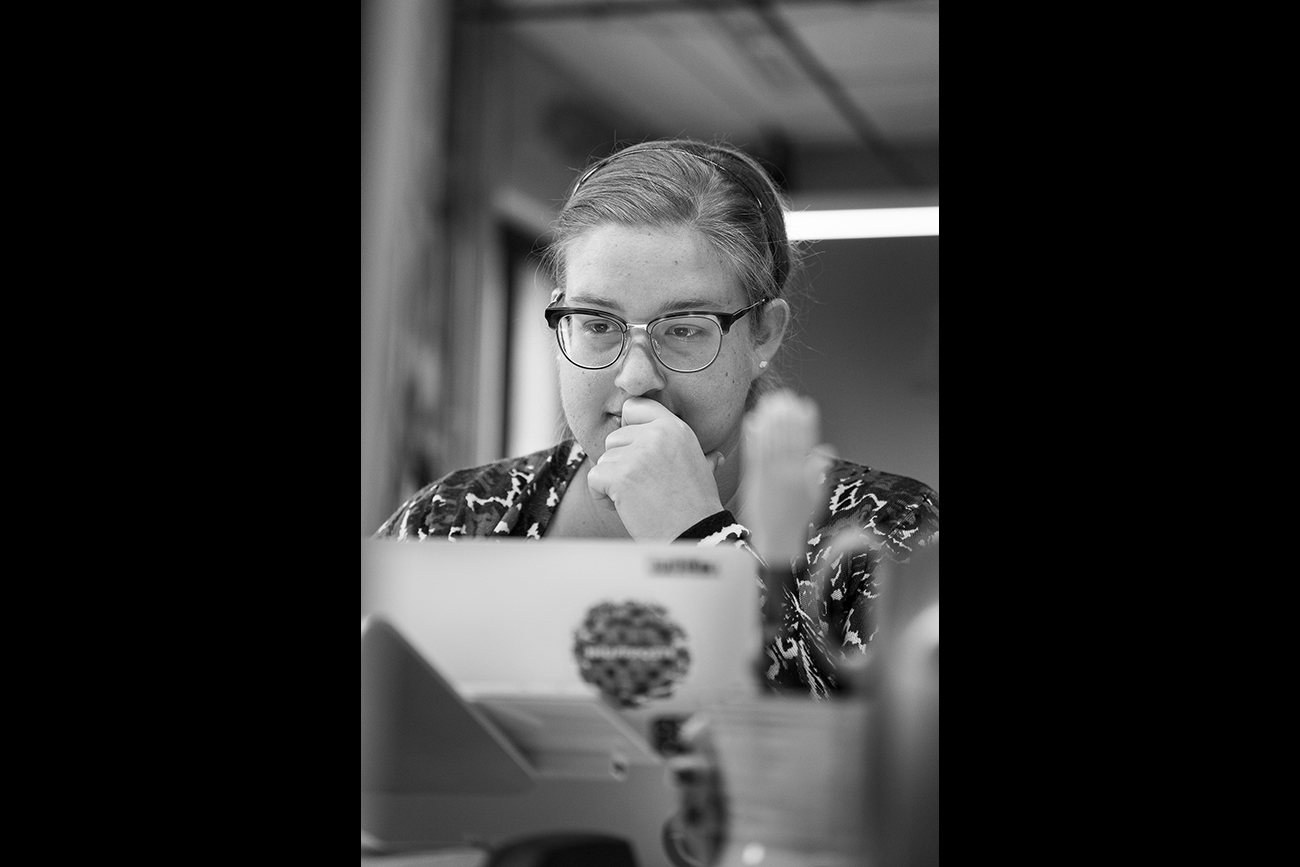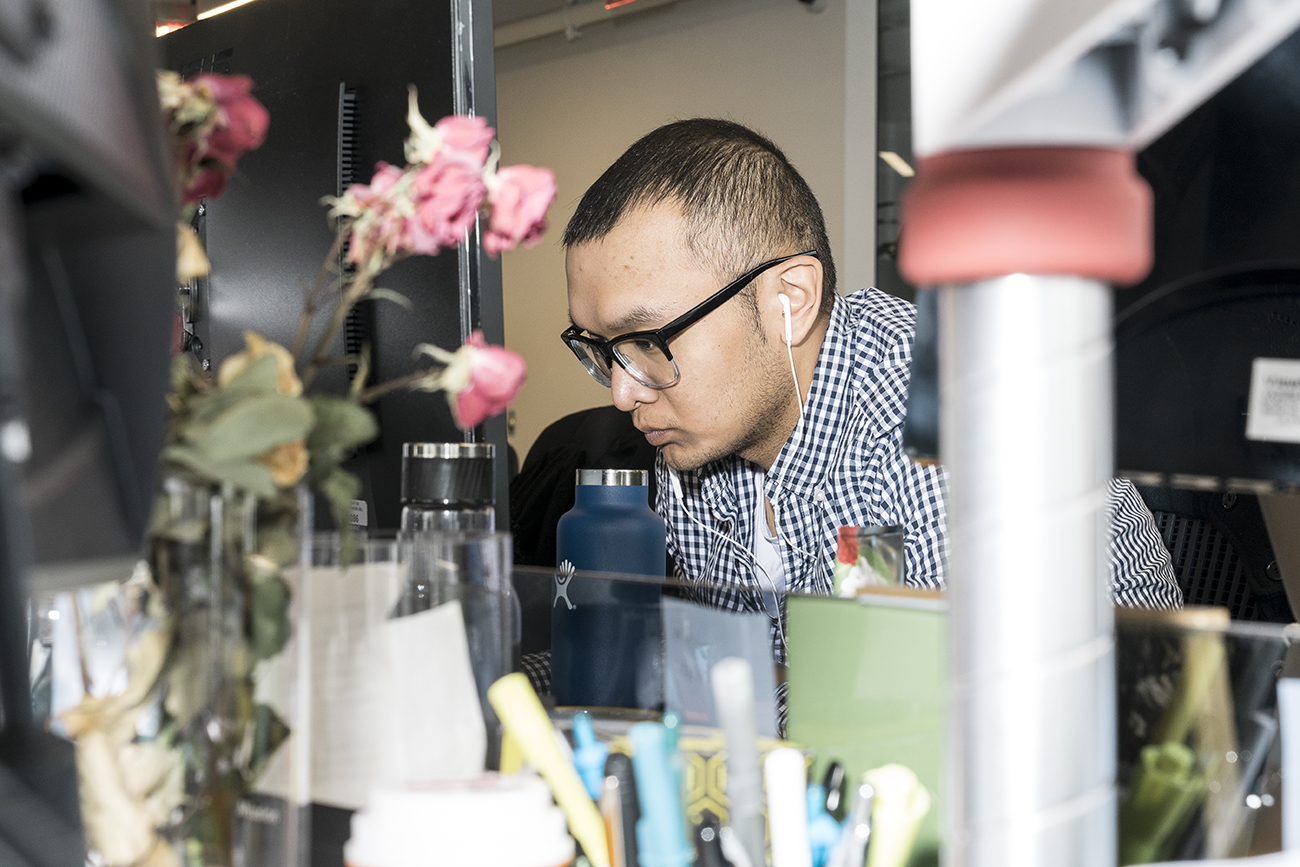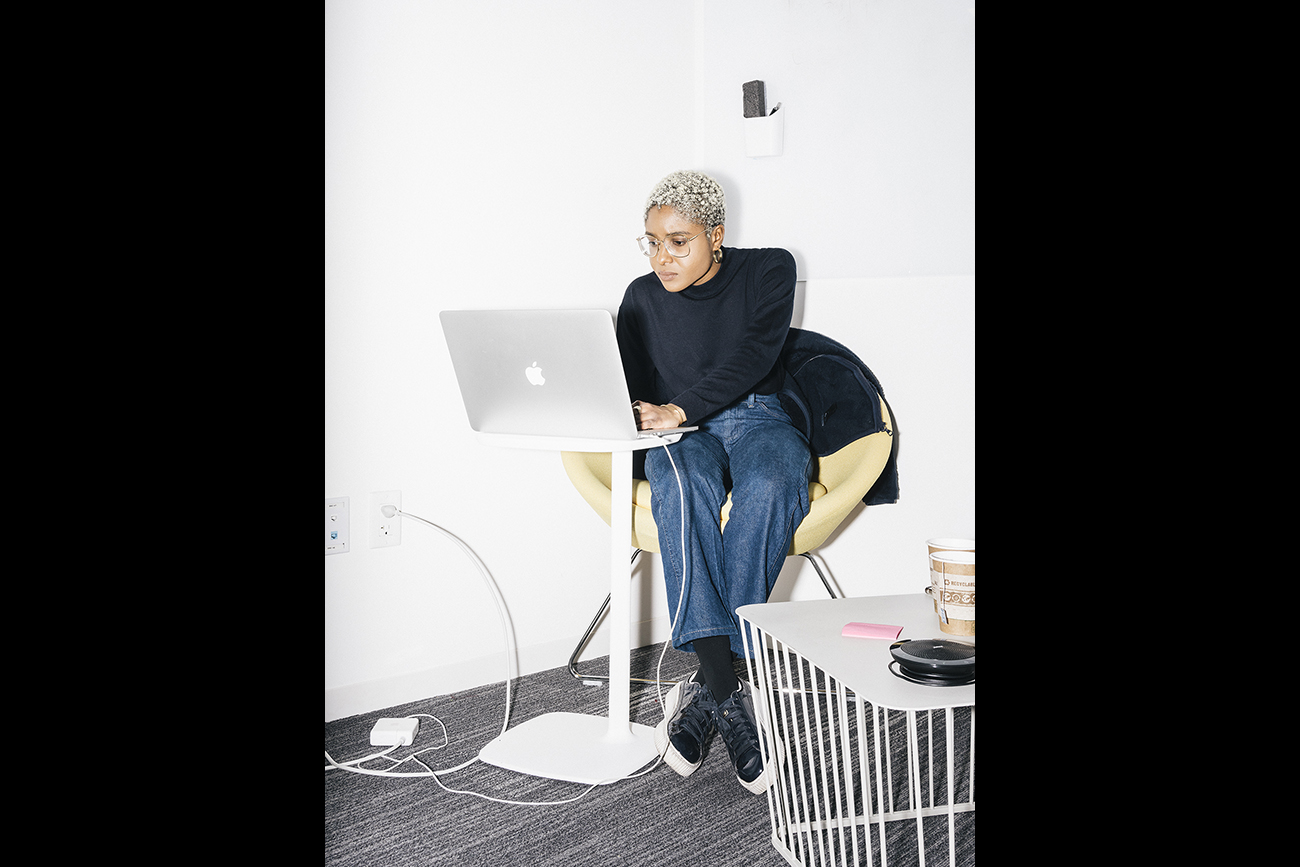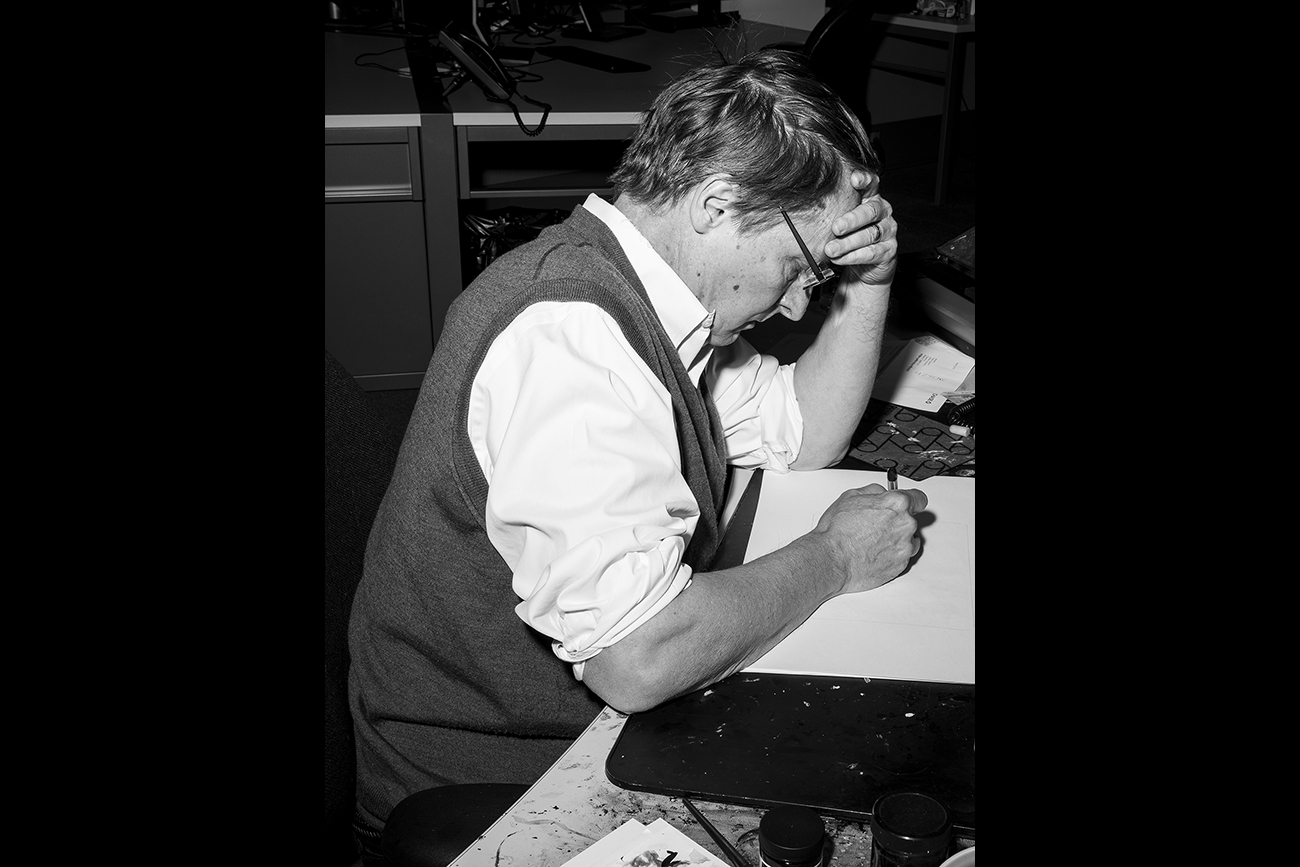I come from a long line of newspaper people: My father was publisher of The Greenville News in South Carolina; my grandfather the publisher of the Charleston Daily Mail, which merged with the Charleston Gazette in 2015 and filed for bankruptcy in January, despite having won a Pulitzer. When I visited these newsrooms as a kid in the ’80s, they smelled like ink and sounded like shuffling paper. There was no sense of the challenges that lay ahead. When I returned to the Gazette in 2014, it was clearly under tremendous financial pressure to keep the lights on.
CJR asked me to create a series of photographs for this issue that would document the places journalists work—the desks where they type, the chairs in which they sit, the snacks they hoard, the detritus that covers their workspaces. I visited six newsrooms: the New York and Washington, DC, bureaus of HuffPost, Washington City Paper, New York Daily News, USA Today, and Mic.
TRENDING: After new death toll report Friday, Sunday TV ignores Puerto Rico
The digital newsrooms reminded me of Silicon Valley startups. Some were equipped with meditation and yoga rooms. There were refrigerators stocked with free, healthy snacks and drinks, and espresso makers; one even had beer on tap. Every infrastructural nuance had an energy that communicated we’ve got this, a self-assurance that comes from being young, or from having venture capital backing, or both.
The New York Daily News, on the other hand, was quiet, aside from the occasional reporter on a phone interview. TV screens were muted. A cartoonist worked quietly with pen and paper. The newsroom reminded me of co-working spaces—where people work alone, together.
The place that felt the most familiar was the Washington City Paper during its issue close. The alt-weekly felt like a legacy publication whose employees were well aware of the precariousness of their institution’s survival. Employees spoke openly about how, just last year, they had almost gone out of business. The entire staff helped choose the cover art and craft the front-page headlines. Instead of going out for beers, someone brought in a six-pack, and the team kept going.
It’s a scene intimately familiar to anyone who’s done the work, and a reminder of the commitment and drive, even against the odds, in these remarkable places.
ICYMI: The great remove: How journalism got so out of touch with the people it covers
Will Mebane is a photographer who works on fine-art, commercial, and editorial projects. A regular contributor to The New Yorker, The New York Times Magazine, and Bloomberg Businessweek, he lives in Brooklyn with his wife and two boys.

